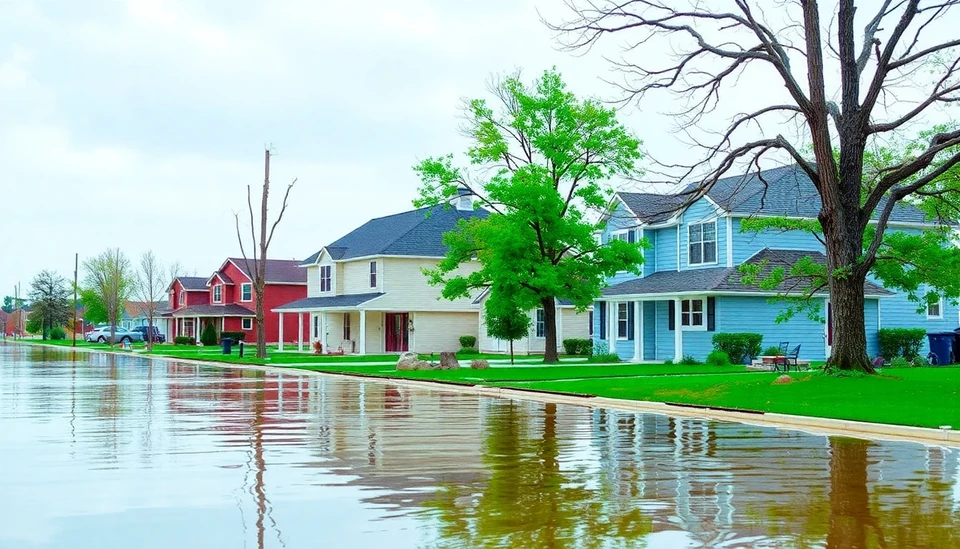
The Federal Emergency Management Agency (FEMA) is on the brink of significant transformation as it adapts to the evolving landscape of disaster management. As climate change intensifies the frequency and severity of natural disasters, FEMA is reevaluating its strategies to enhance resilience and support for communities across the United States. This push toward modernization is designed to ensure that the agency can effectively respond to unprecedented challenges that threaten public safety and infrastructure.
One of the central changes being implemented by FEMA is the emphasis on a whole-community approach. This means that rather than relying solely on federal resources, the agency is encouraging local and state governments, as well as various organizations and businesses, to collaborate in disaster preparedness and recovery efforts. This collaborative framework aims to build stronger networks of support that are crucial during times of crisis.
In response to increasing instances of severe weather events, FEMA is pivoting its focus from a predominantly post-disaster recovery model to one that emphasizes proactive measures. This involves investing in prevention and mitigation strategies that can significantly reduce the impact of disasters before they occur. Programs aimed at upgrading infrastructure, improving early warning systems, and fostering community education about disaster preparedness are gaining priority.
Moreover, FEMA is recognizing the importance of equitable access to resources and recovery services following disasters. The agency has initiated programs tailored to assist vulnerable populations, ensuring that marginalized communities receive the support they need to recover and rebuild. This is a critical step in addressing the disproportionate effects that disasters can have on low-income and racially diverse populations.
As part of its modernization efforts, FEMA is also working towards integrating advanced technologies into its operations. From using data analytics to optimize resource allocation to deploying drones for damage assessments, the agency is leveraging cutting-edge tools to enhance its response times and operational efficiency. This technological integration reflects a broader trend among governmental agencies to adopt innovative solutions to complex challenges.
Additionally, FEMA is strengthening its inter-agency collaboration with various federal entities to ensure a more cohesive response during emergencies. By forging stronger partnerships with agencies such as the Department of Homeland Security and the National Oceanic and Atmospheric Administration, FEMA aims to streamline communication and resource-sharing processes. This interconnected approach is expected to enhance overall disaster response effectiveness.
As FEMA embarks on these transformative changes, the agency remains committed to its mission to help people before, during, and after disasters. The combination of proactive planning, community engagement, equitable access, technological advancements, and coordinated efforts across agencies will shape the future of disaster management in the United States. As these new strategies begin to unfold, it is crucial for communities to stay informed and engaged in the process, as their participation will be vital in building resilient futures.
In summary, FEMA's commitment to evolving in the face of challenges posed by climate change underscores the agency's dedication to protecting American lives and property. The steps being taken today will set the foundation for a more resilient future as communities adapt to the realities of a changing environment.
#FEMA #DisasterManagement #ClimateChange #EmergencyManagement #CommunityResilience #TechnologyInDisasters #EquityInRecovery
Author: Peter Collins




